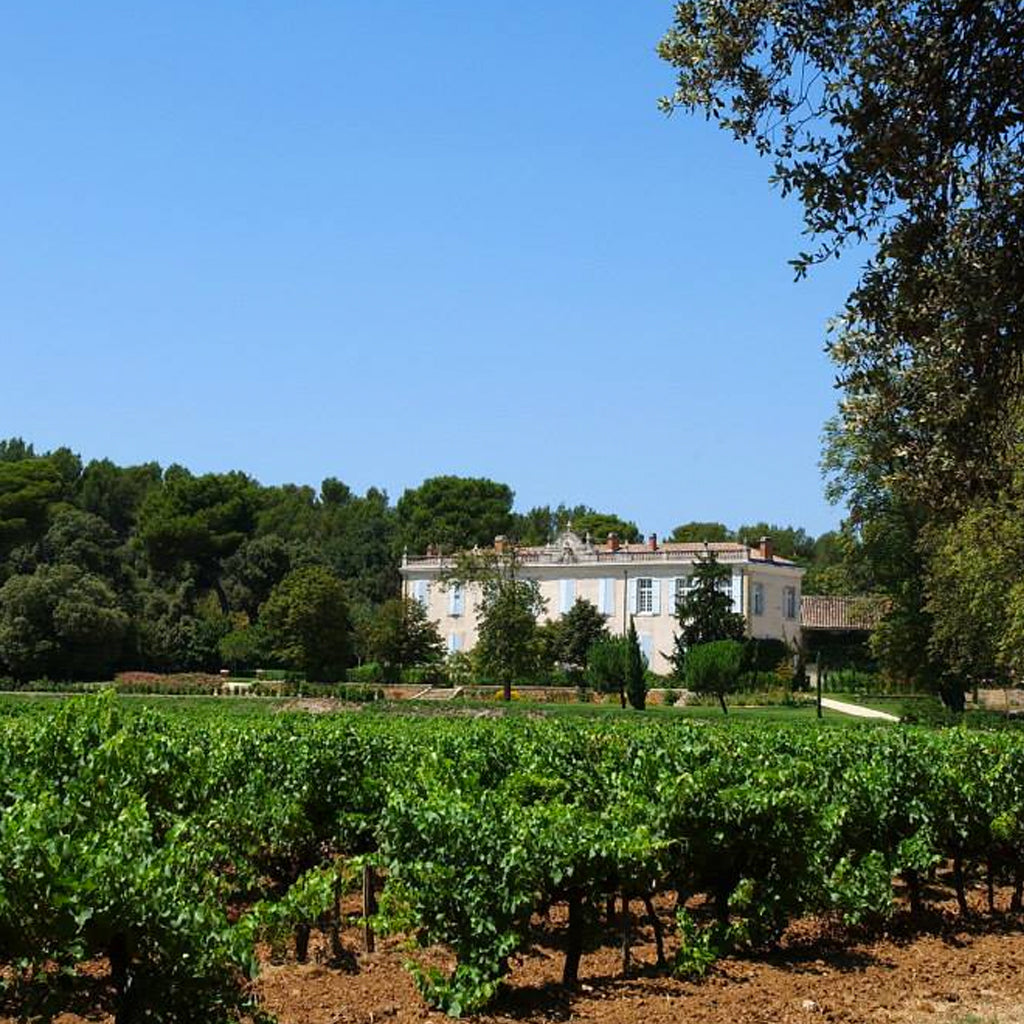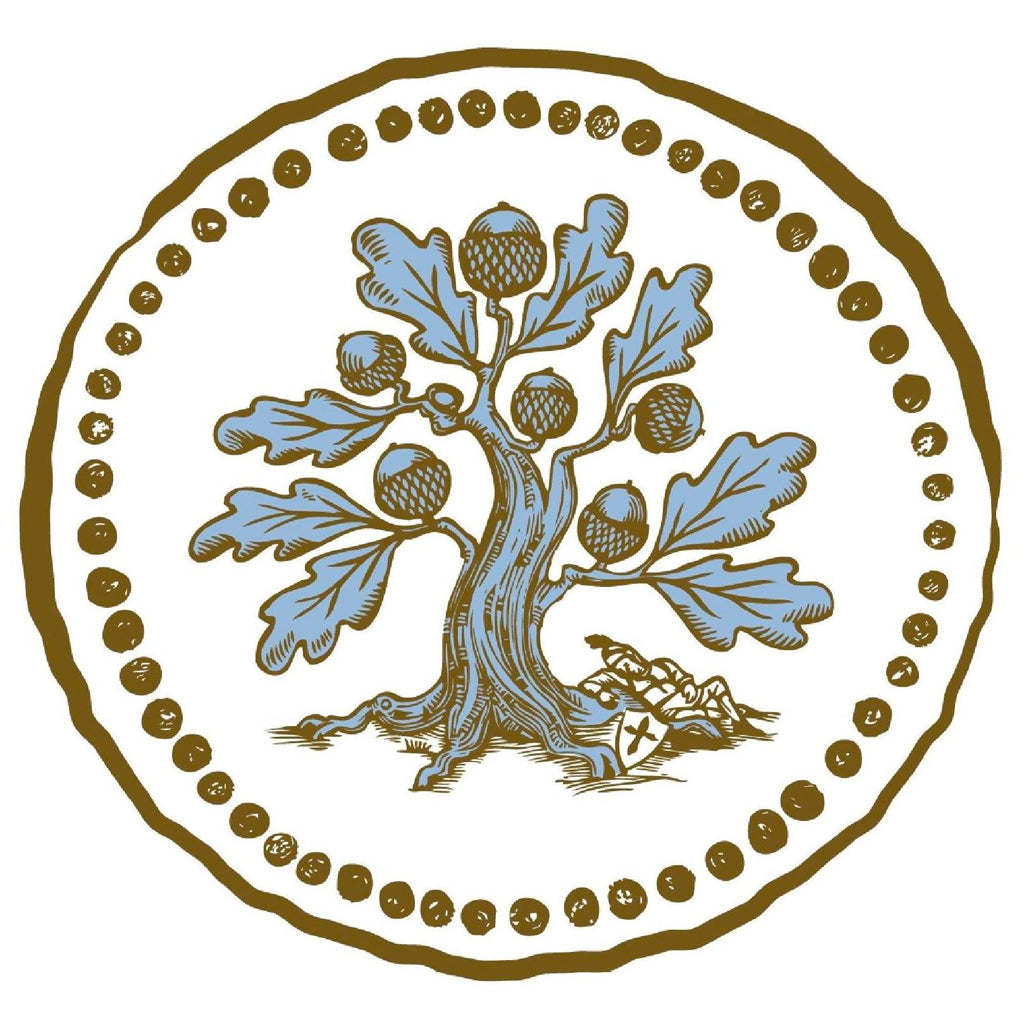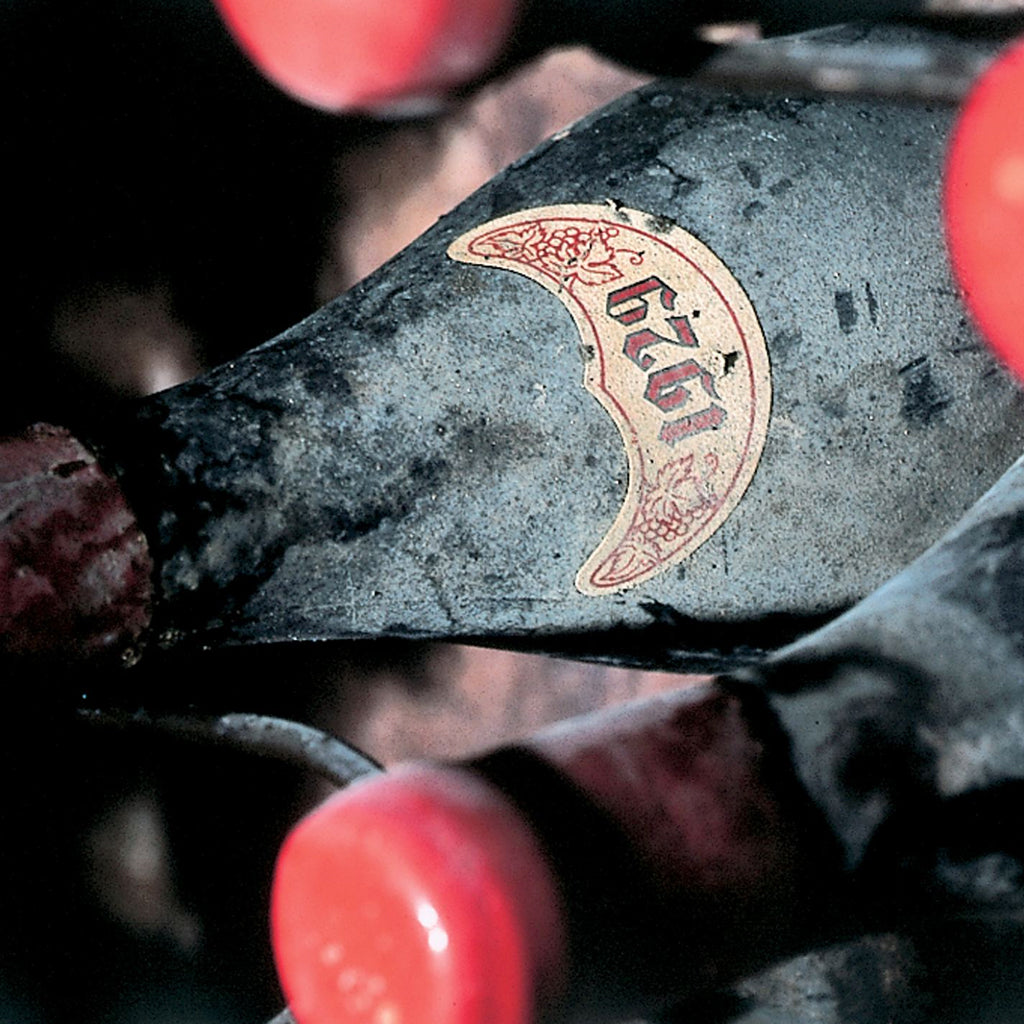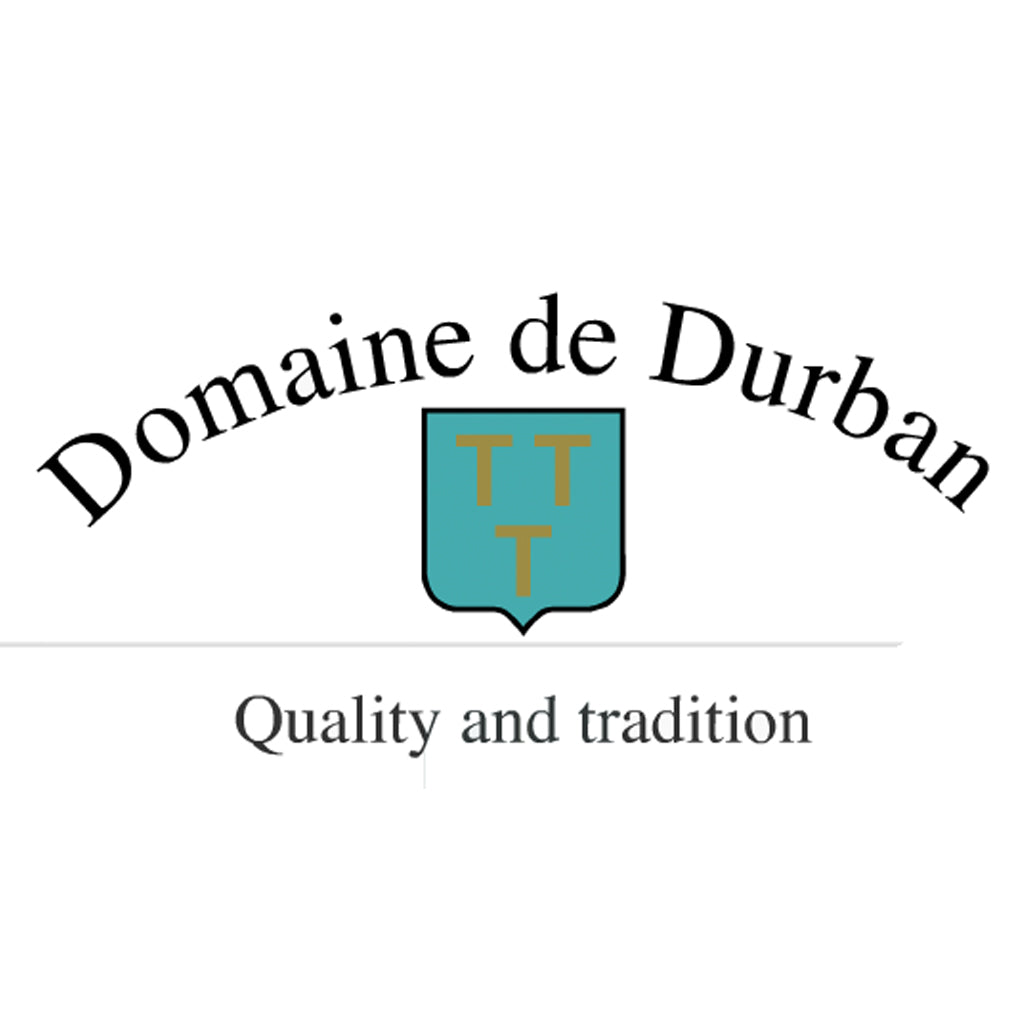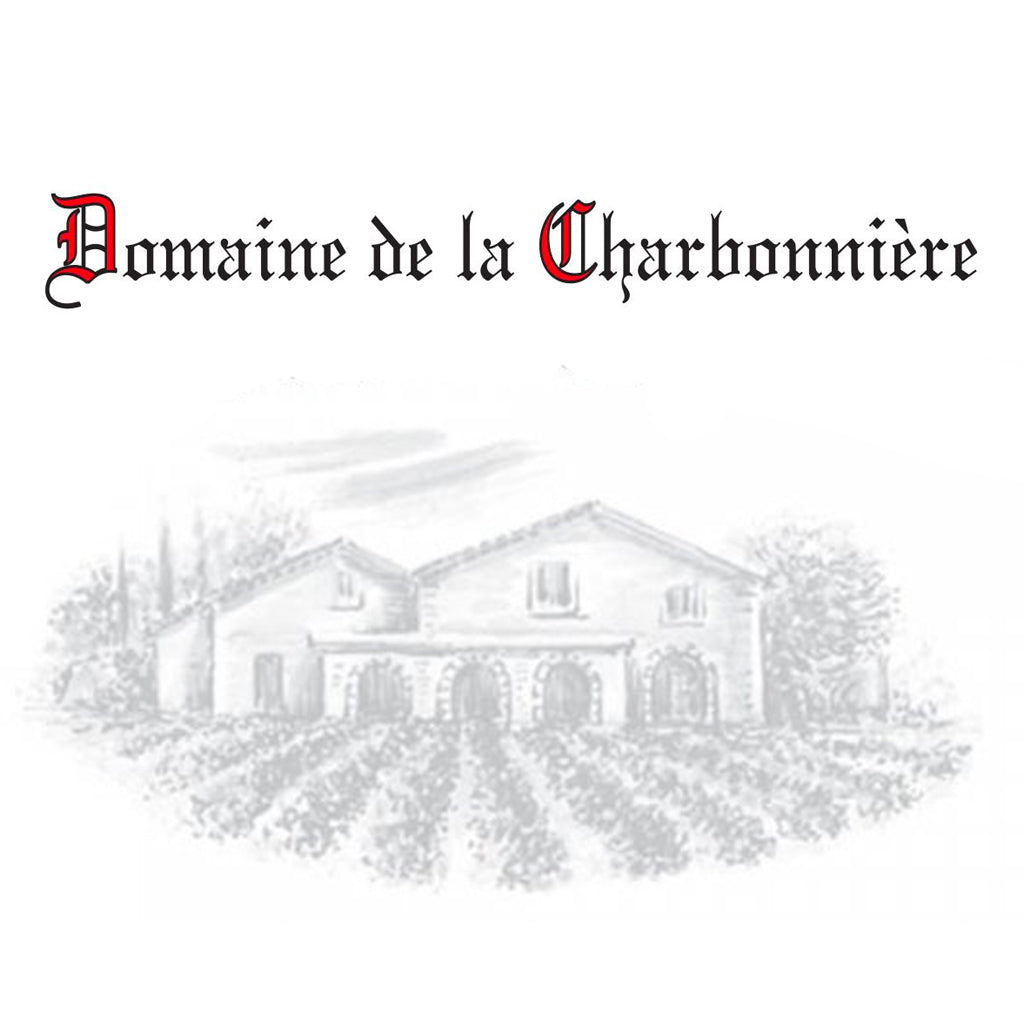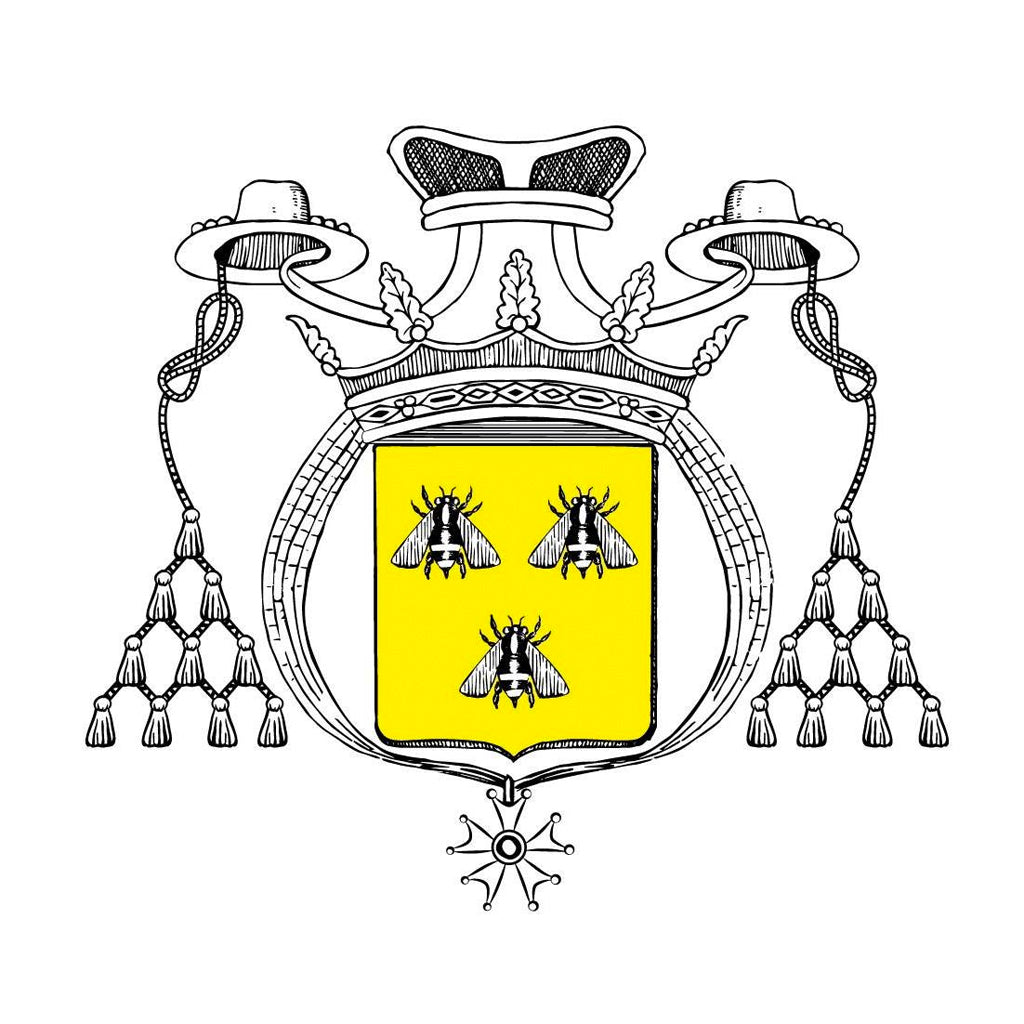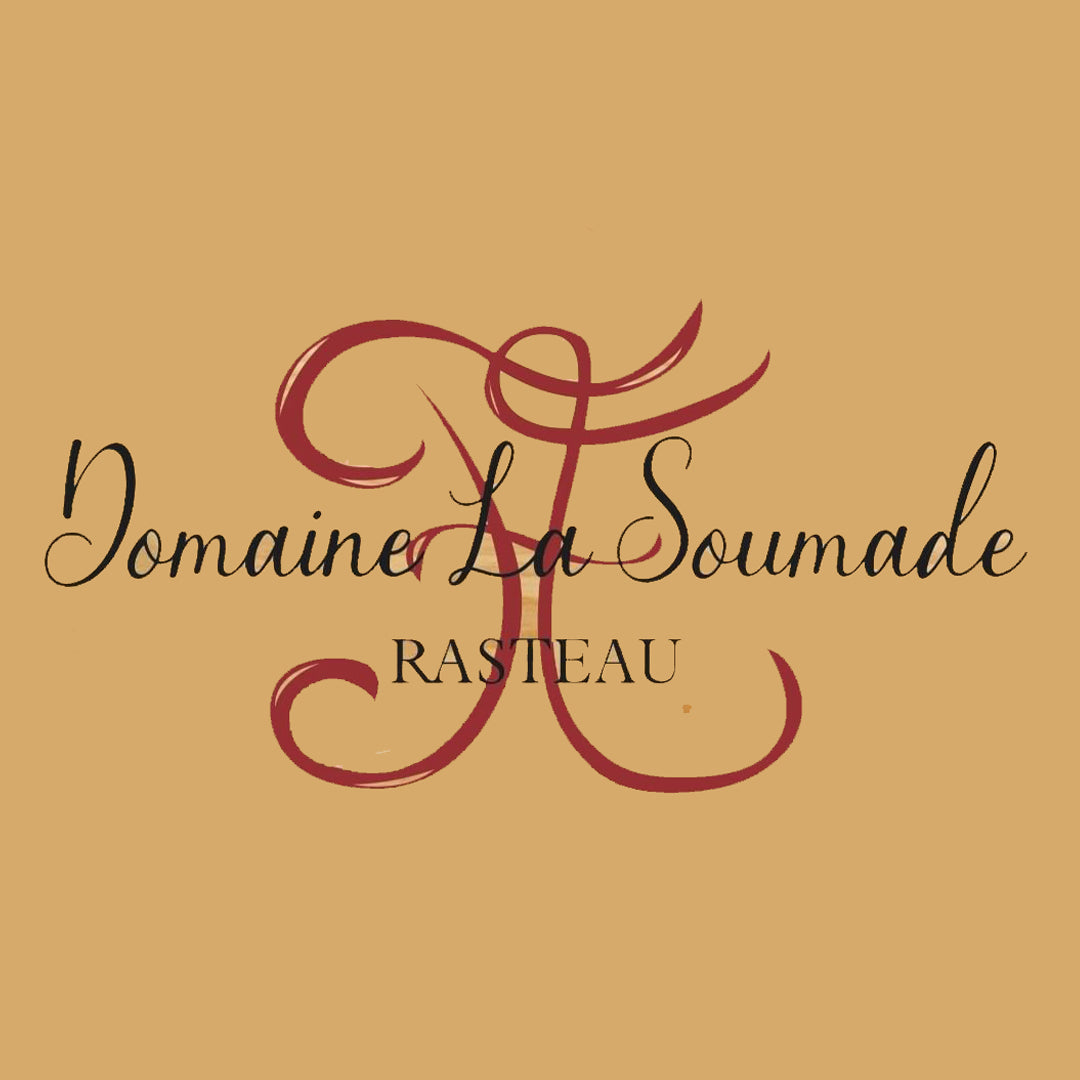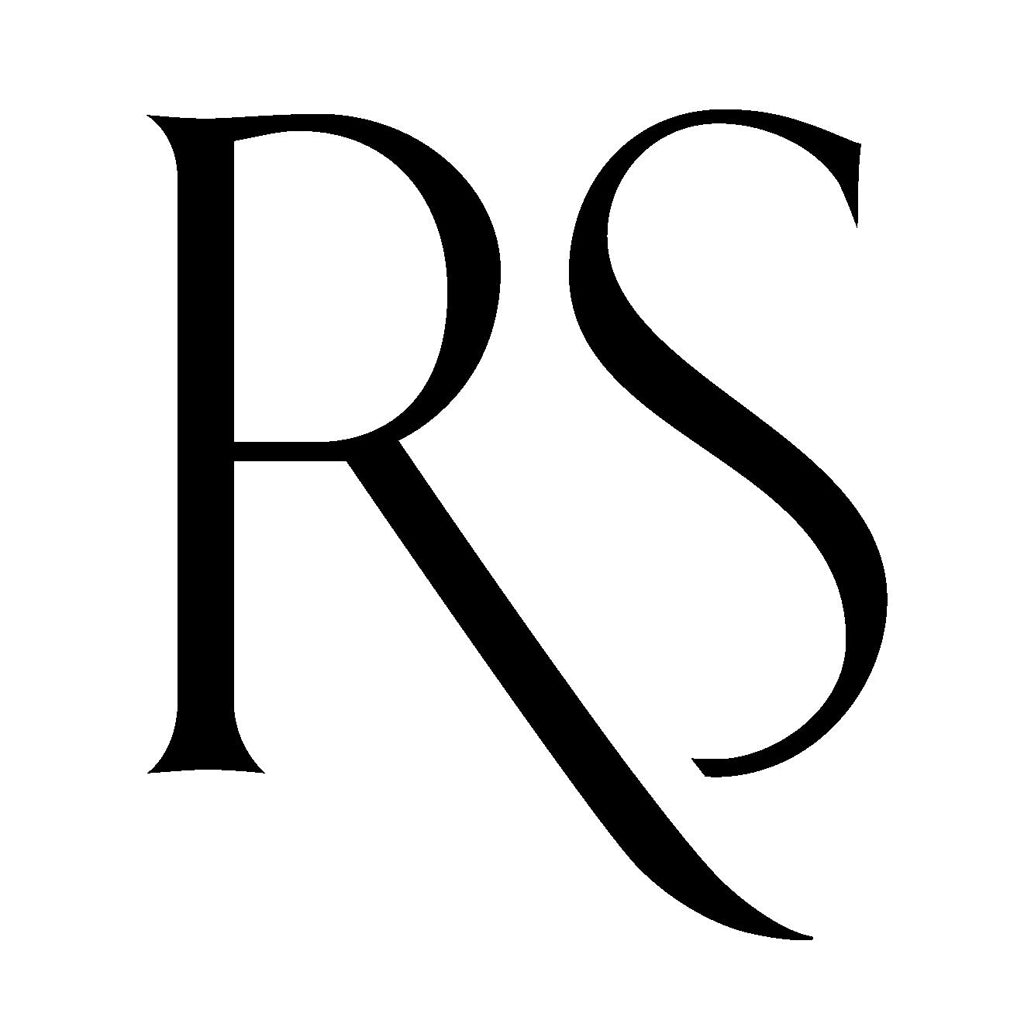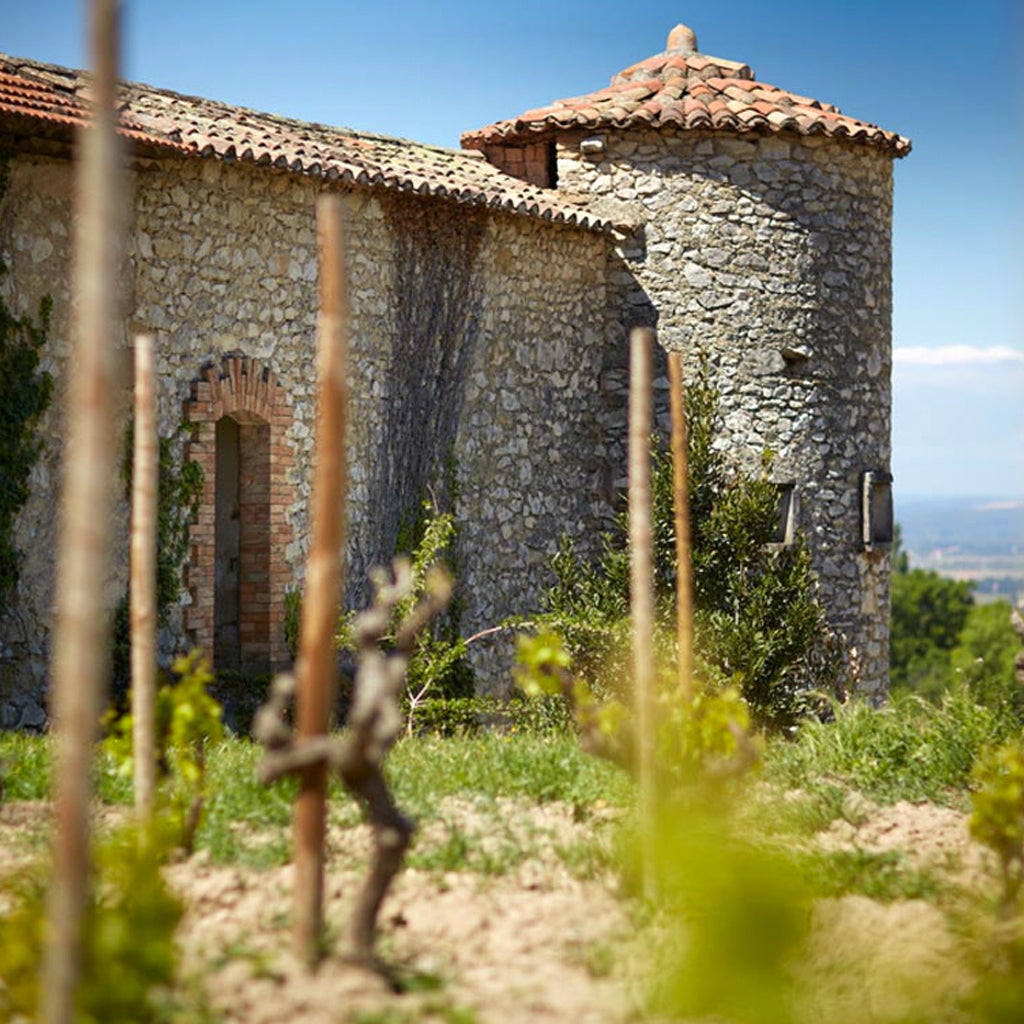France | Southern Rhône

The Southern Rhône, in contrast to the Northern Rhône, has a more Mediterranean climate with milder winters and hot summers. Drought can be a problem in the area, but limited irrigation is permitted to try and combat this problem. The differing terroirs, together with the rugged landscape which partly protects the valleys from the Mistral, produce microclimates which give rise to a wide diversity of wines.
An interesting feature to the cultivation of vines in the Southern Rhône is the use of large pebbles (galets) around the bases of the vines which absorb the heat of the sun during the day. At night due to the cloudless skies there is often a significant drop in temperature, but the heat from the pebbles helps keep the vines warm.
The Southern Rhône's most famous red wine is Châteauneuf-du-Pape, a blend containing up to 13 different varieties of wine grapes, both red and white. Other nearby AOC regions including, Coteaux du Tricastin AOC, Côtes du Ventoux AOC, Côtes du Vivarais AOC, Lirac AOC, Tavel AOC and Vacqueyras AOC may contain even more grape varieties in the blend.
Depending on the specific AOC rules, grapes blended into Southern Rhône red wines may include Grenache, Syrah, Mourvedre, Carignan and Cinsault. Red wines made on the left bank of the valley tend to be full bodied and rich in tannins while young; whilst the right bank reds are slightly lighter and fruitier.
White wines from the Southern Rhône, such as in Châteauneuf-du-Pape whites, are also typically blends of several wine grapes. These may include Ugni Blanc, Roussanne, Bourboulenc, Picpoul, and Clairette. Viognier is increasingly being used in the Southern Rhône and is appearing as a single varietal white wine.
Our Producers
Explore Wines
From£21.00
From£23.00
From£12.75
From£22.00
From£60.00
From£20.00
From£27.00
From£75.00
From£86.00
From£28.00
From£47.00
From£15.75
From£16.75
- ←
- →


